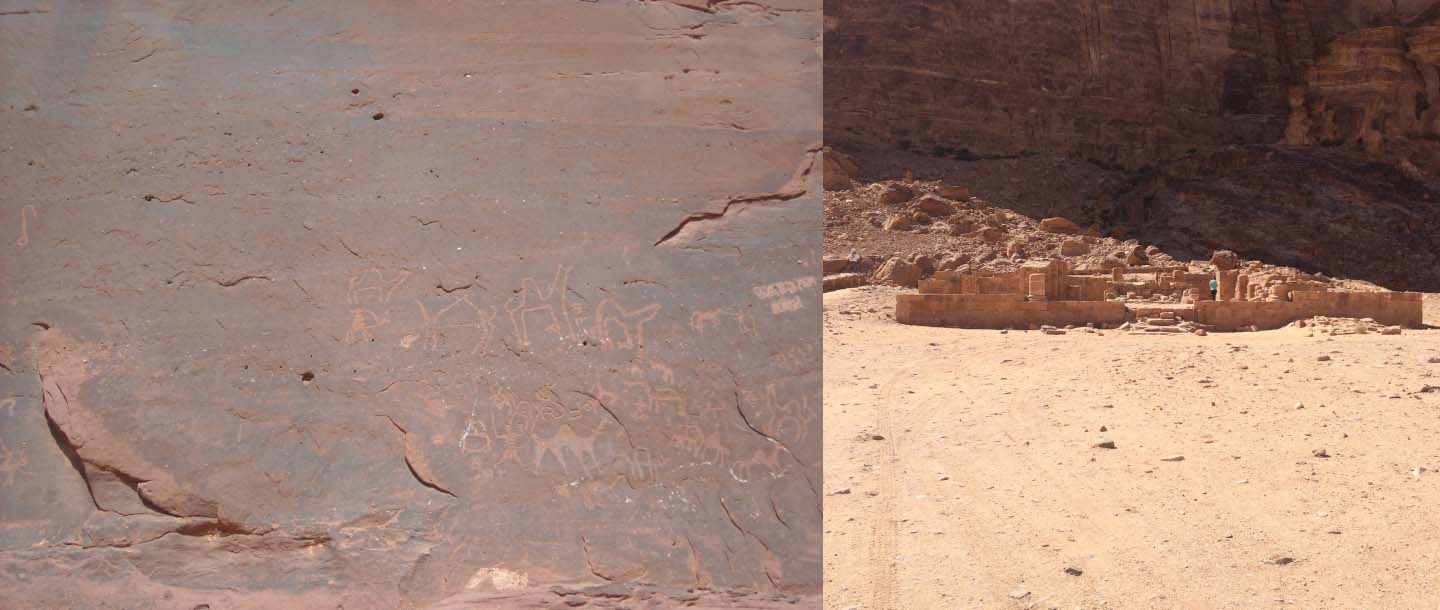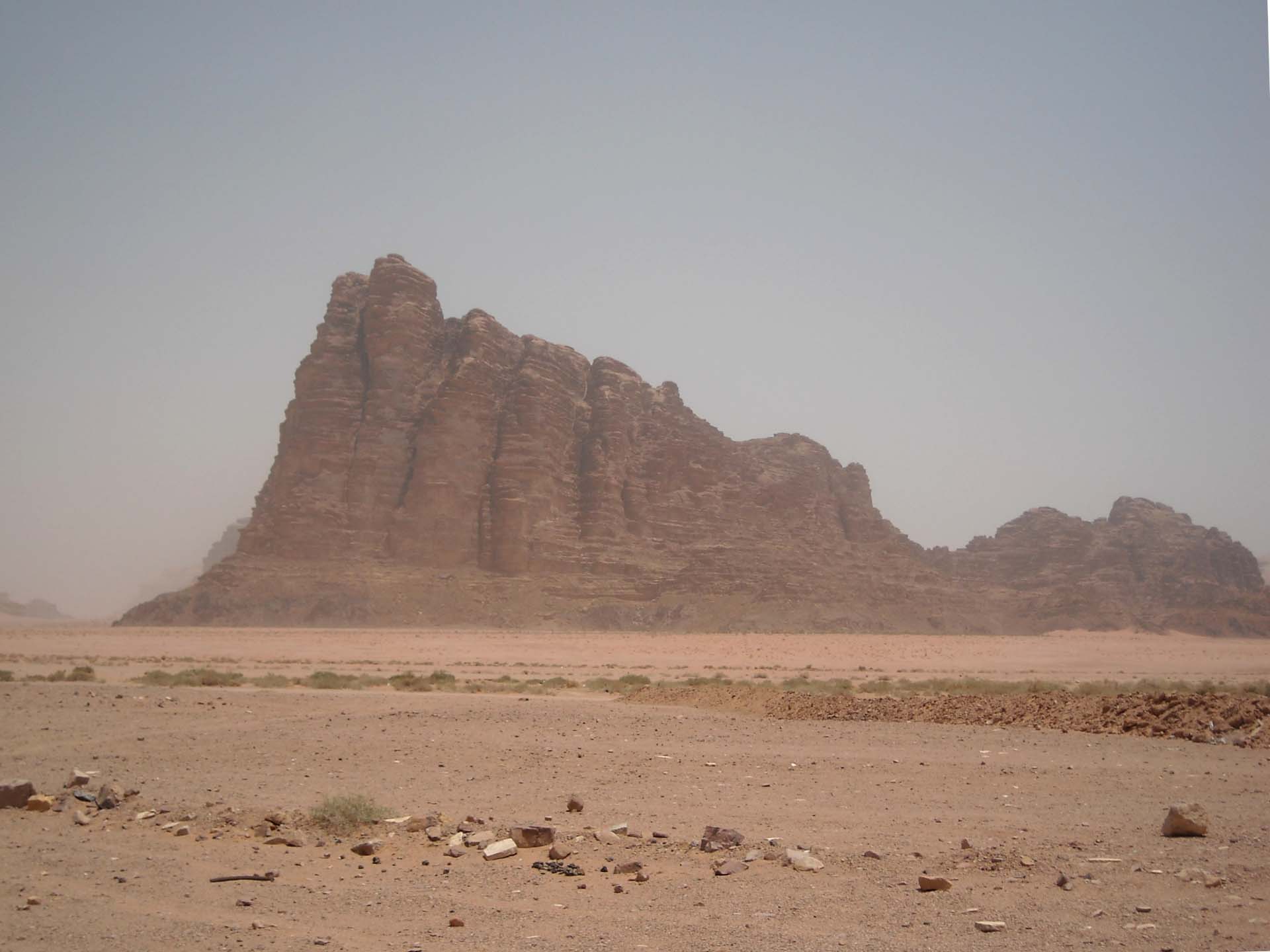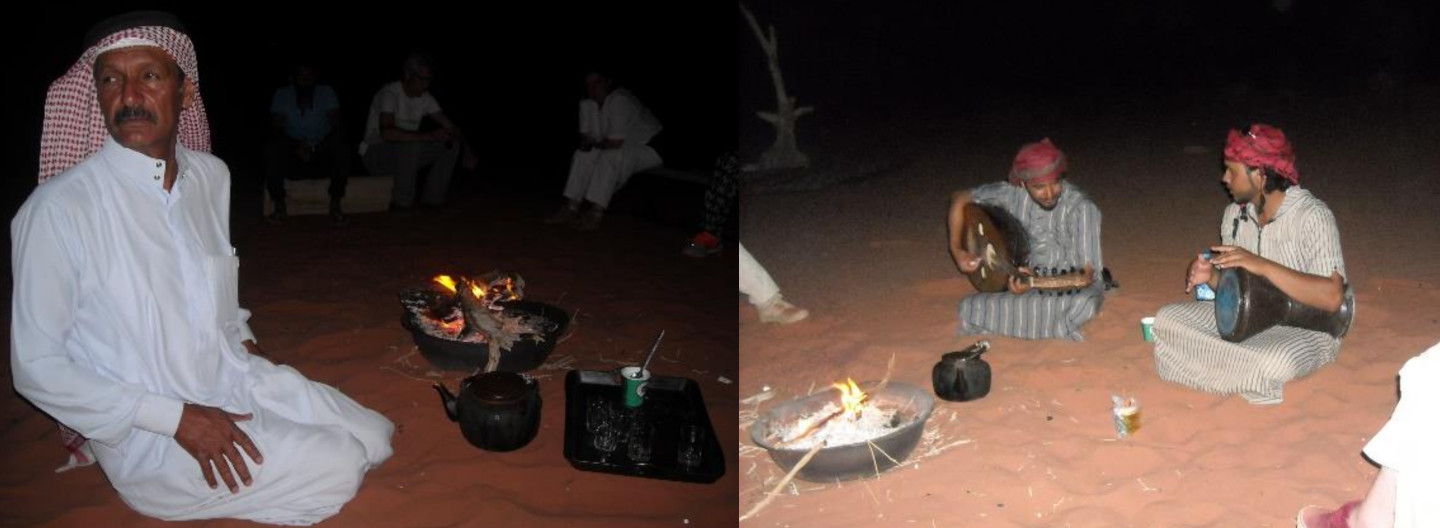about
wadi rum
Wadi Rum consists of two different desert types, Red Desert and White Wild Desert. Try to plan your time in Wadi Rum so that you can see both.
If you want to get to know this place better, stay overnight in a Bedouin tent. Sunsets have an extraordinary charm in the red-pink landscape, and you will be watch by a million stars at night.
There is not only the beauty of nature but also many cultural monuments, such as the inscriptions Anfashieh or the remains from the Nabataean period and many other ancient ones drawings on the rock. You can even find the remains of old cemeteries and much more.

The best way to get to know Wadi Rum is by jeep or ride camel. In a few hours the guide will show you the most beautiful of the whole valley - the sun-heated dunes, the secret messages of the ancient inhabitants of this area, the stone-carved painting by T. E. Lawrence. He has become the main character with whom Wadi Rum is associated. T. Lawrence was a British diplomat who, along with the sons of Meccan Shari Hussein, led an Arab uprising against the Ottomans in World War I. He is said to have been particularly close to one of these sons, Prince Abdullah.
Lawrence of Arabia wrote a book about his adventures in the Middle East, which he called the Seven Pillars of Wisdom. The rock formation bears the same name, which towers majestically above the Visitor centre, where the discovery of this magical valley usually begins.
It is a beautiful poem. The title comes from the Book of Proverbs, 9:1:
"Wisdom hath builded her house, she hath hewn out her seven pillars"
(King James Version)
I held you in love with these human waves in my hand
I wrote in the sky with stars my decision
To give you freedom, a temple with seven pillars that
your eyes might shine on me,
When I came.
My slave on the road was called Death. When I caught up you
and saw you wait,
Then you smiled; and with sadness saturated envy races he outran
and brought you away
Into his stillness.
By the journey exhausted love searched your body, a brief reward,
ours for the moment.
Until the earth's hands caressed your figure
and blind worms saturated itself
Of the dust.
They asked me to build our masterpiece, an inviolate sanctuary,
a memory, consecrated you.
For more dignified care, I smashed it, half-finished, and now
Small insects crawling up to find their nests
in a deformed shadow
Of your gift.

Wadi Rum is not a lifeless desert. As part of this reservation, there are 2,000 people living here - Bedouins from the Zalabiah tribe, who have long considered the beautiful Moon Valley to be their home. Some Bedouins already live a settled way of life, especially in the village of the same name.
These are more or less family ties, and while men are involved in tourism as jeep drivers and guides, women stay at home and create souvenirs for tourists - especially jewellery. The subject of these jewels is ancient Thamudic drawings, of which there are countless on the rocks in the valley.
The Thamudians were tribes of Nomads who lived here before our era and several centuries before the advent of Islam was expelled by the famous Nabataean tribe who built Petra.
But the Bedouin do not live only in the villages where they have built stone houses and next to which there is space for parking a camel. To the east of the village of Rum is a cluster of tents inhabited by several hundred people. These Bedouins still move according to where the water is for their herds. But women and children remain in the tents. Bedouin tents are called "fur houses" because they are woven from camel hair in black and white.
Families and tourists welcome such tents, but they will only take you to the public part of your home. The private one, where the wives are, remains closed to tourists.
What is the life of Jordanian Bedouins like today? In their stone houses you would find everything we use in Europe today - television, Internet, mobile phones. The village of Rum has several shops where locals can buy everything from vegetables to mobile credit.
If they need electronics or clothes, they can reach Aqaba, 60 kilometers away. Nevertheless, their lives are marked by tradition. Many of them, especially older men, have more than one wife, so the number of their children can exceed two dozen. Most men wear a traditional white robe and do not go out in the sun without a red and white suit. During hot days, they drink very sweet black tea in their tents, which they flavour with an herbal mixture. They will definitely invite you to it as well.
